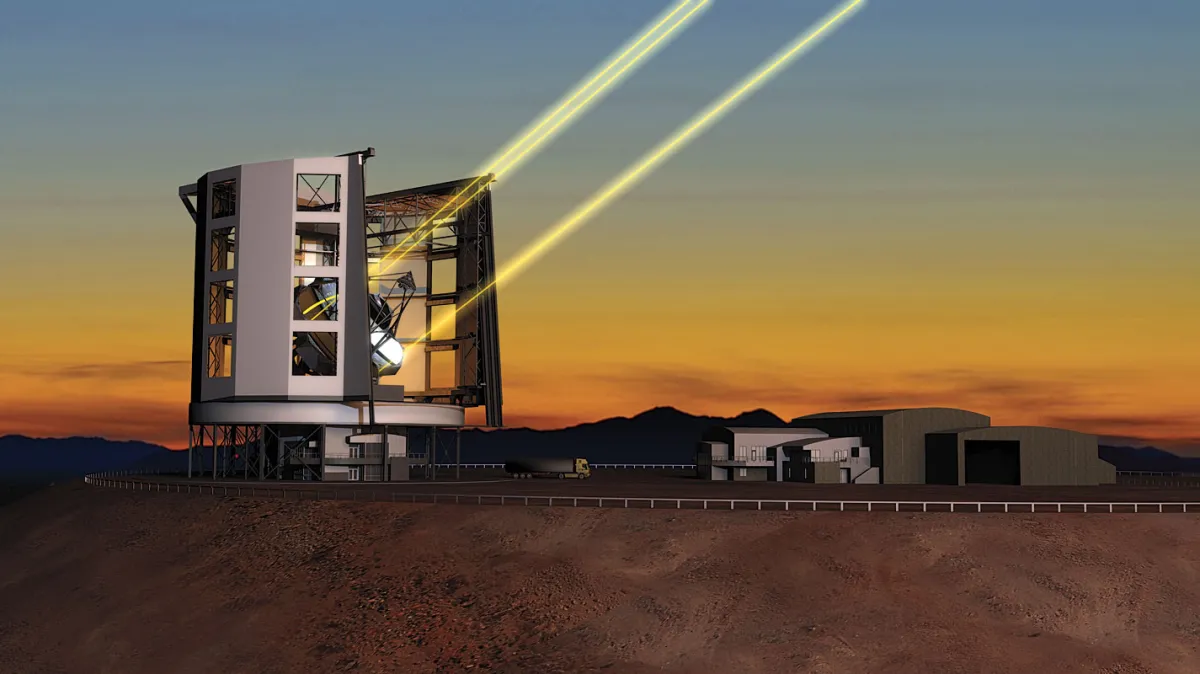Freezing-out atmospheric blurring with Lucky Imaging
Even from our telescopes on the tops of high mountains, the Earth’s atmosphere blurs observations reducing their clarity.
Research themes
Project status
Content navigation
About

Even from our telescopes on the tops of high mountains, the Earth’s atmosphere blurs observations reducing their clarity. It has been known for many years that if we can run our cameras fast enough, taking hundreds of images a second, then a lot of this blurring can be removed with clever 'photoshoping' of the high speed images. Essentially, the speed with which the images are taken freezes the blurring effect and if we just use the best frames we can get images from the ground that are as sharp as those seen with the Hubble Space Telescope.
Objectives
Taking images at high speed has not previously been useful for looking at faint objects in the infrared due to high noise levels in the cameras available. This new technology reduces the noise down close to zero, allowing us to look for faint objects very quickly. This has important implications for our adaptive optics program for the GMT, but we need to make sure our cameras all work properly first.
Activities
We have bought one of the new high-speed infrared detectors, and we are building a small, cold (-200 degrees C) camera to use on our 2.3 meter telescope at Siding Spring Observatory.
Outcomes
When the camera is ready, we will use it do Lucky Imaging, taking pictures with a resolution similar to the Hubble Space Telescope, while we test the new technology for use in our Adaptive Optics program with GMT.
Relevant publications
- Program supported by ARC-Linkage funding LP150100620 and in partnership with the Giant Magellan Telescope Organisation.
- 'Avalanche photo diodes in the observatory environment: lucky imaging at 1-2.5 microns' Vaccarella et al. : http://adsabs.harvard.edu/abs/2016SPIE.9908E..2XV
- 'GMTIFS: The Giant Magellan Telescope integral fields spectrograph and imager' Sharp et al., http://adsabs.harvard.edu/abs/2016SPIE.9908E..1YS

